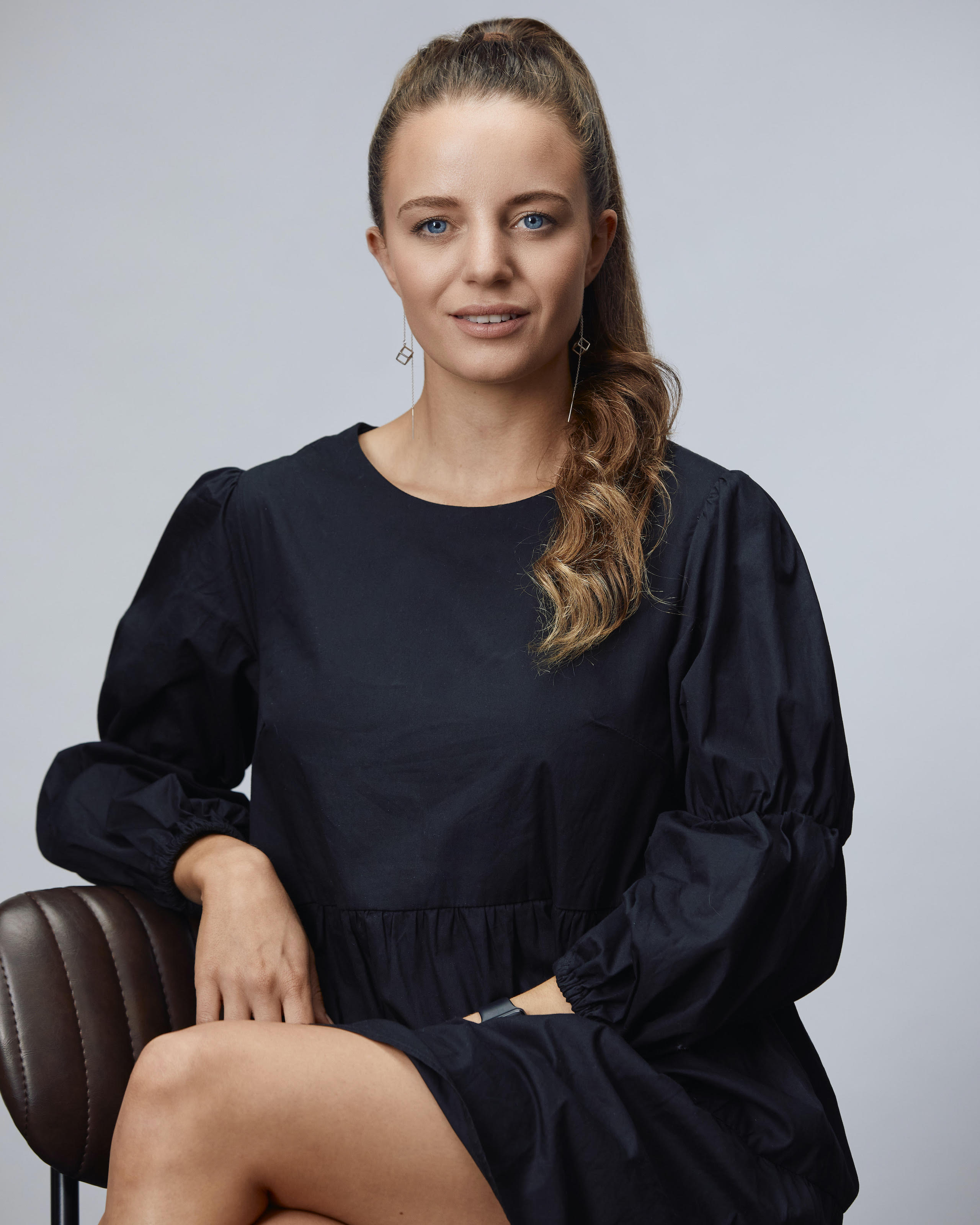Emily Newmarch
The University has been the foundation for all of Emily's collaborations and the ability to explore the opportunities of advancing her skillset through a PhD.

During her postgraduate studies, Emily Newmarch saw the opportunity to advance her professional accreditation as an architect and build industry connections by enrolling in a PhD in Architecture at the Wellington Faculty of Architecture and Design Innovation. Emily secured funding from Te Herenga Waka—Victoria University of Wellington, BRANZ and Callaghan Innovation and established a partnership with the architectural practice Warren and Mahoney, paving the way for collaborating with external organisations and bridging her research from academia to industry.
“I wanted to build on the foundation I established during my postgraduate studies at Wellington School of Architecture and fast-track my development as an architect through a PhD.”
Emily’s thesis explores how we can measure, design and value architecture for a low carbon future. To achieve this, she is investigating the embodied carbon from building materials over the life cycle of a non-residential building and then examining procedural, financial, and communication realities in the industry. The aim is to extend the service life of building materials and manage the carbon emission timings to reduce environmental harm.
“The research is about seeing a problem through different perspectives. It looks for a co-benefit between scientific analysis, design practice, and creative thinking. I love the challenge of exploring what defines success and exploring solutions through diverse ways of thinking. Being embedded within a large architectural practice and connected to the university allows me to access a wide range of people with different backgrounds that continue to challenge the way I solve problems.”
Making an impact in the professional industry is essential for Emily’s research aspirations. Faculty's proximity to architectural practices and industry organisations in central Wellington and her supervisors’ relationships with industry partners enables her to move between academia and industry throughout her studies effortlessly.
“I chose to continue studying here because of my supervisors’ support in building connections with BRANZ and others. The location of the campus within the city also enables me to attend different events and meet new researchers and practitioners. These factors led to the collaboration with Warren and Mahoney and the development of my research proposal.”
Throughout her studies, Emily intends to disseminate her research by attending local and international conferences and publishing academic articles and professional guidance. She aims to work alongside her supervisors, industry partners, and research colleagues to maximise her experience in the PhD programme.
“I aim to continue to have a foot in both the academic and practice worlds. I plan to work toward becoming a registered architect within the industry as a short-term goal. A long-term goal is to use research to advance knowledge and the skillset of people working within the industry.”
Emily's PhD supervisors were Dr Michael Donn, Associate Professor Simon Twose, David Dowdell and Fiona Short.
